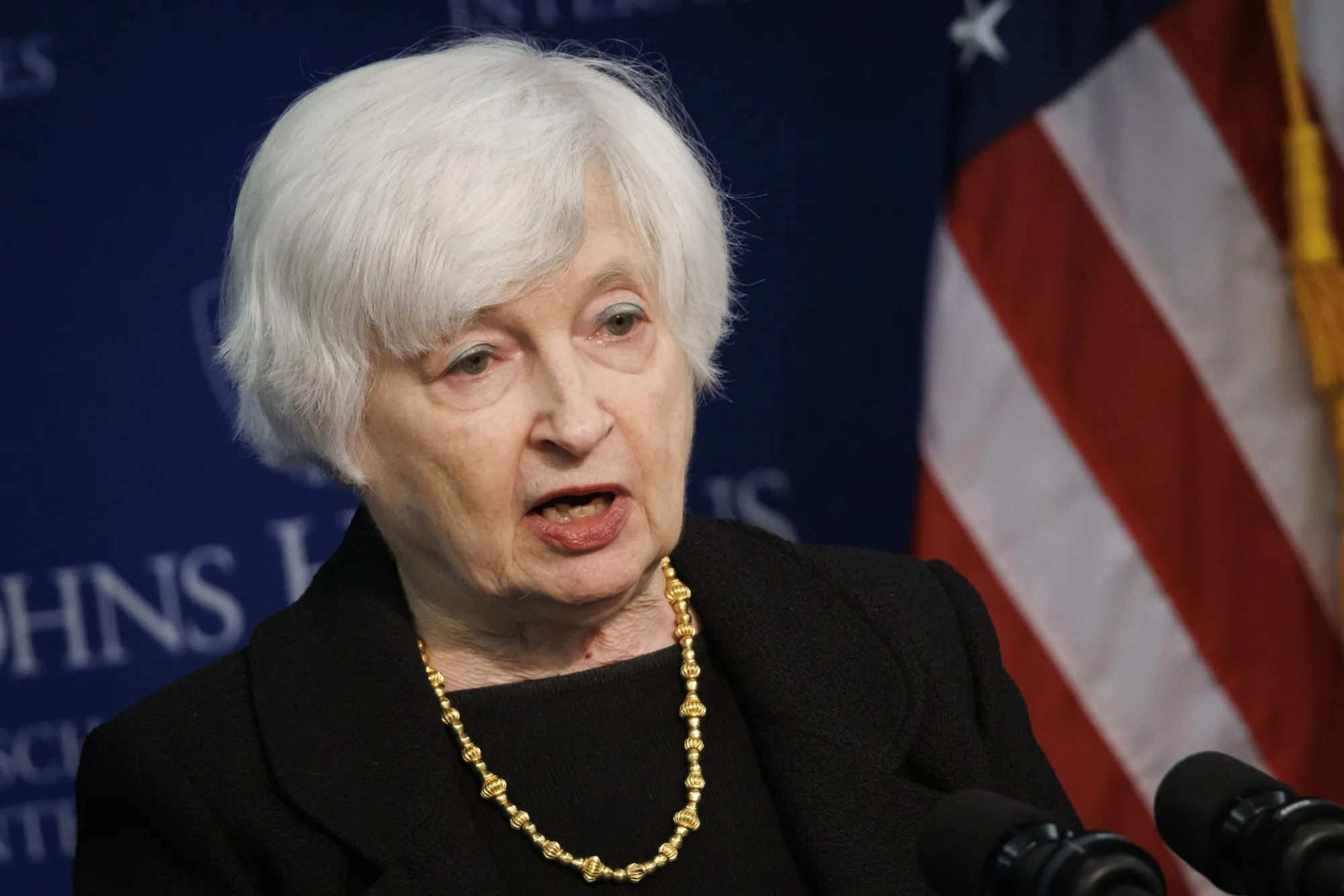Alright folks, buckle up. Japan’s Finance Minister Katsunobu Kato just dropped a rather intriguing line – if a meeting with US Treasury Secretary Janet Yellen materializes, tariff discussions could be on the table. Let’s be clear: this isn’t a commitment, merely a possibility. But in the current geopolitical climate, even a hint of negotiation is worth noting.

Photo source:www.japantimes.co.jp
The market’s been all eyes on the Yen’s recent volatility, but Kato smartly played his cards close to the chest, refusing to comment on currency levels. Smart move, frankly. You don’t poke the bear, especially when the bear is holding interest rate levers.
Knowledge Point: Understanding Currency Intervention & Tariffs
Currency intervention happens when a central bank buys or sells its own currency in the foreign exchange market. It aims to influence its value, potentially boosting exports or curbing inflation.
Tariffs, meanwhile, are taxes imposed on imported goods. They can be used to protect domestic industries or as a form of trade negotiation tactic. Think economic leverage.
These two concepts often intertwine. A weaker currency can offset the impact of tariffs by making exports cheaper. This dynamic is exactly what the US and Japan are navigating right now.
Ultimately, the question isn’t just if talks happen, but what concessions each side will be willing to make. The stakes are high, people. High!






